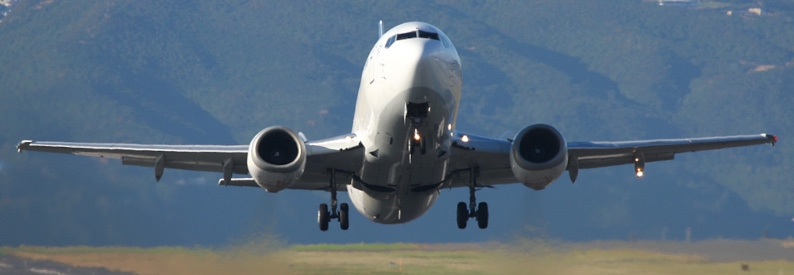Why Boeing 737 Keeps Its Main Landing Gear Wheels Exposed

Despite recent challenges, the Boeing 737 remains one of the most iconic aircraft in aviation history, evolving from a short-haul jet into a long-range workhorse. Yet, one distinctive feature has stayed the same since its introduction in the 1960s: its main landing gear wheels remain partially exposed even when retracted.
This design dates back to the aircraft’s original purpose—serving smaller, less-developed regional airports. At the time, Boeing engineers prioritized simplicity and reliability. Complex landing gear doors were seen as unnecessary and potentially failure-prone. Instead, the wheels were designed to retract flush against the underside of the fuselage, eliminating the need for additional door mechanisms.
Another contributing factor was the 737’s intentionally low ground clearance. Designed with shorter landing gear, the aircraft sits lower to the ground, allowing for easier engine maintenance, hand-loaded baggage handling, and stair boarding at airports lacking jet bridges and equipment.
Some speculate that the low profile leaves no room for full landing gear doors, although other aircraft like the BAC 1-11 prove that similar jets can include them. Boeing’s decision likely balanced technical constraints, reliability, and operational efficiency.
In terms of aerodynamics, Boeing minimized drag with a large hubcap on the exposed wheels and a fairing that streamlines the strut mechanism. When the gear is up, only the wheels remain visible, but the design still offers acceptable aerodynamic performance.
Ultimately, this exposed-wheel feature reflects the 737’s heritage of functional design—efficient, rugged, and ready for airports both big and small.
Related News: Related News: https://airguide.info/?s=737, https://airguide.info/category/aircraft/
